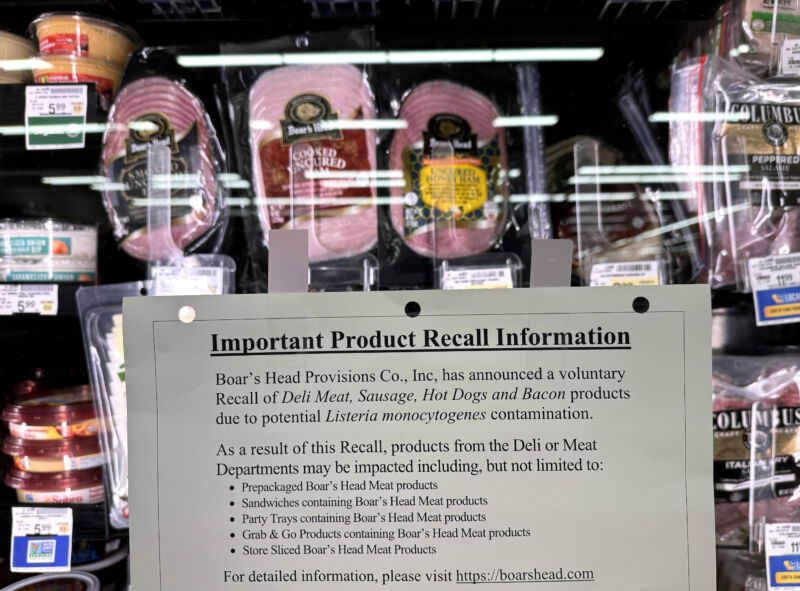Tattoo ink sold on Amazon has high levels of weird and rare bacteria

Enlarge / BARCELONA, SPAIN - 2021/10/02: Spanish tattoo artist Oscar Garcia works on a man, during the Expo. Fira de Barcelona hosts the XXIV edition of the Barcelona Tattoo Expo where tattoo artists from Spain and other countries exhibit tattoos and tattoo material such as ink, needles and special machinery for tattoo work. (Photo by Ramon Costa/SOPA Images/LightRocket via Getty Images)
The Food and Drug Administration has been warning for years that some tattoo inks are brimming with bacteria—a large assortment that, when injected into your skin, can cause inflammatory reactions, allergic hypersensitivity, toxic responses, and, of course, straight-up infections. And, worse yet, the labels that say the inks are sterile are not reliable.
But, a recent recall of three tattoo pigments from the same manufacturer does a good job of illustrating the FDA's concerns. The water-based inks, all from Sierra Stain, had a bizarre array of bacteria, which were found at high levels, according to FDA testing.
One ink product—described as "Carolina Blue"—offered a microbial menagerie, with six odd species identified. They included a bacterium that often dwells in the gastrointestinal system and can inflame the mucosal lining of the intestines (Citrobacter braakii), a water-borne bacterium (Cupriavidus pauculus), and several that cause opportunistic infections (Citrobacter farmer, Achromobacter xylosoxidans, Ochrobactrum anthropi, and Pseudomonas fluorescens). These are bacteria that don't typically go about attacking humans but will if the conditions are right, including when they find themselves inside a human with a compromised immune system.


